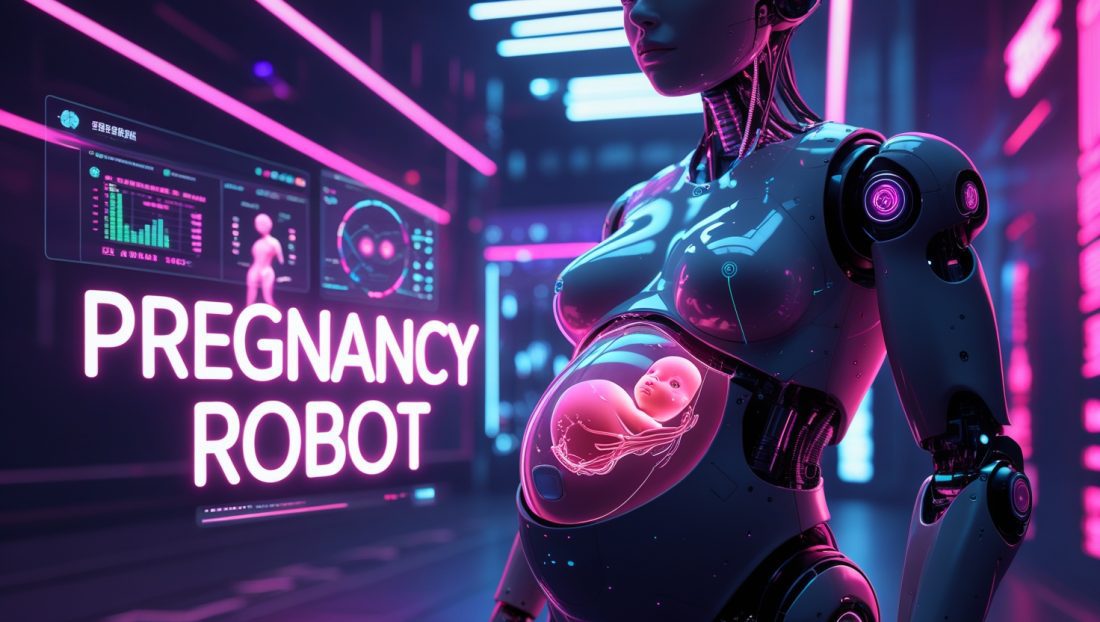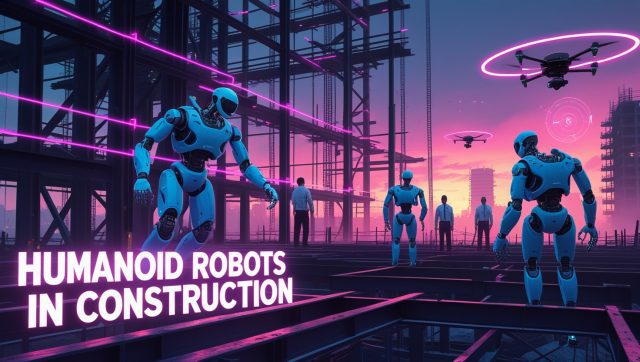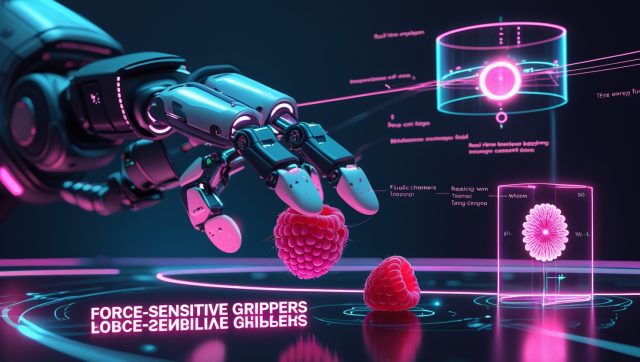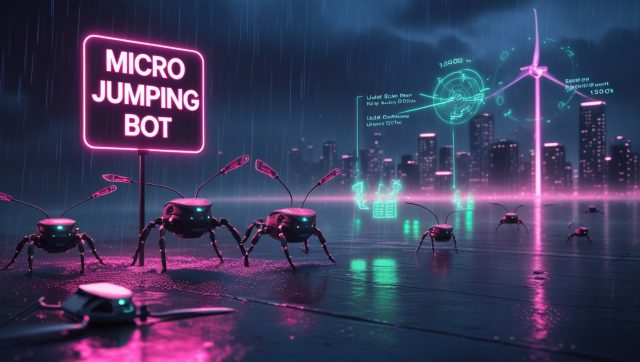In a groundbreaking announcement at Beijing’s 2025 World Robot Conference, Dr. Zhang Qifeng, founder of Guangzhou-based Kaiwa Technology, revealed plans to launch the world’s first humanoid pregnancy robot by 2026. Priced at approximately $14,000, this innovation aims to integrate artificial womb technology into a life-sized robot, offering a potential solution for infertility and surrogacy challenges while igniting global ethical debates. The prototype, designed to replicate full-term gestation from conception to delivery, represents a significant leap in reproductive technology and industrial AI automation. For a deeper dive into how humanoid robots are transforming industries beyond healthcare, check out why service robots in China drive humanoid growth for insights into China’s robotics ecosystem.
1. The Technology Behind the Pregnancy Robot
Core Artificial Womb System
The pregnancy robot incorporates an artificial womb embedded in its abdomen, utilizing synthetic amniotic fluid and a nutrient delivery system via a hose connected to a simulated umbilical cord. This technology, claimed to be “mature” in laboratory settings, mimics natural gestation by providing oxygen, temperature regulation, and nutrient supply. Dr. Zhang emphasizes that this isn’t merely an incubator but a comprehensive system capable of supporting fertilization, implantation, and full-term development—a claim skeptics argue remains unproven for humans. For context on artificial womb advancements, The Scientist provides an overview of global research efforts.
Human-Robot Interaction
Unlike static incubators, the humanoid is designed for interactive capabilities, allowing real-time communication and monitoring between the robot and intended parents. This feature aims to create an emotional connection, though critics question its ability to replicate the maternal-bonding process. Similar human-robot interaction advancements are explored in how human-in-the-loop workflows save millions, highlighting AI’s role in enhancing collaborative systems.
Industrial AI Integration
The robot leverages AI for continuous biometric monitoring, adjusting nutrient levels, and predicting developmental issues using machine learning algorithms. This aligns with China’s broader push into AI-driven healthcare automation, seen in projects like GEAIR—an AI-powered breeding robot for crop pollination. To understand how AI is transforming other sectors, read about how industrial AI agents slash energy costs in manufacturing for a look at efficiency-driven innovations.
2. Addressing Infertility and Surrogacy Challenges
Rising Infertility Rates
China’s infertility rate increased from 12% in 2007 to 18% in 2020, with one in 5.6 couples facing conception difficulties. The pregnancy robot offers an alternative to traditional surrogacy, which is illegal in China, and costly procedures like IVF (averaging $100,000-$200,000 in the U.S.). This aligns with global trends in reproductive tech, as seen in Nature’s article on artificial wombs addressing infertility solutions.
Cost and Accessibility
Priced at 100,000 yuan ($14,000), the robot could democratize access for middle-class families, though ethical concerns persist about commodifying reproduction.
3. Ethical and Legal Controversies
Regulatory Hurdles
Dr. Zhang confirmed discussions with Guangdong authorities on policy frameworks, highlighting unresolved issues like legal parenthood definitions and child rights. Ethical experts warn of “pathologizing pregnancy,” treating a natural process as a mechanical condition. For a broader perspective on AI ethics, explore why AI ethics could save or sink us for a fearless take on technology’s moral implications.
Public Reaction
On Weibo, reactions ranged from enthusiasm (“Women are liberated from physical burdens”) to skepticism (“How are eggs sourced?”). Radical feminists like Andrea Dworkin previously warned such technologies could marginalize women by eliminating biological roles.
4. Industrial AI and Automation Context
China’s Robotics Leadership
China leads in industrial robots per capita, using automation to counter a shrinking workforce amid a super-aged society. The pregnancy robot exemplifies this trend, merging biomedical engineering with AI. Learn more about China’s robotics dominance in why China’s industrial robot dominance is reshaping global manufacturing.
Technical Challenges
Current artificial wombs (e.g., Philadelphia’s 2017 “biobag” for lambs) only support pre-term gestation. Full ectogenesis—from conception to birth—remains theoretical, requiring breakthroughs in embryonic implantation and early-stage development.
5. Global Implications and Market Potential
Medical Research Applications
Beyond surrogacy, the technology could enable controlled study of fetal development, genetic disorders, and pregnancy complications, offering unprecedented research opportunities.
Economic Impact
The global artificial womb market is valued at $1.5-$2.2 billion, projected to reach $3-$3.5 billion by 2034. If successful, Kaiwa’s robot could capture significant share, though regulatory approval is uncertain.
6. Expert Skepticism and Unanswered Questions
Scientific Feasibility
Dr. Yi Fuxian, an obstetrician at the University of Wisconsin–Madison, calls the robot a “gimmick,” citing risks like unresolved health impacts and mental health issues for children born without maternal bonding. Dr. Zhang hasn’t detailed fertilization or implantation processes.
Ethical Oversight Needs
Experts stress that ethical guidelines must precede deployment, addressing concerns like genetic sourcing and long-term societal impacts.
7. Future Outlook and Industry Trends
Prototype Timeline
Kaiwa aims for a 2026 prototype, but scalability depends on regulatory clearance and technical validation. Delays are likely given complexity.
Broader AI Integration
This project reflects China’s strategy to lead in AI-biotech convergence, as seen with GEAIR—a robot automating crop breeding via gene editing and AI.
Final Verdict
Kaiwa’s pregnancy robot represents a bold fusion of industrial AI and reproductive science, potentially offering solutions to infertility and surrogacy barriers while provoking ethical dilemmas. As China pushes technological boundaries, global dialogue on regulation and humanity’s future is urgent. Success could redefine parenthood; failure might highlight the irreplaceable nuances of human gestation. Either way, it underscores AI’s expanding role in life’s most intimate domains. For more on how robotics is reshaping industries, dive into why robotics in 3D printing unlocks potential.
Your Take: China’s Kaiwa Technology aims to launch a $14,000 pregnancy robot with an artificial womb by 2026. It targets infertility challenges and illegal surrogacy but faces ethical and technical hurdles. The project reflects China’s industrial AI ambitions but requires rigorous validation and oversight.
CTA: Stay ahead of tech trends! Subscribe to our newsletter for cutting-edge insights on AI and biotechnology.



